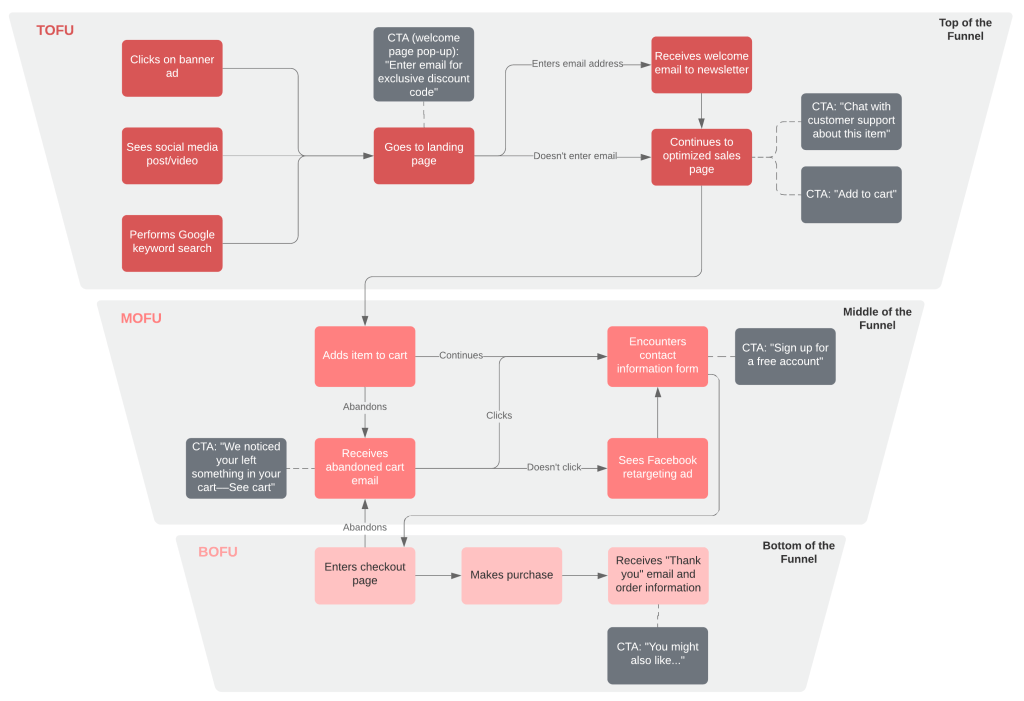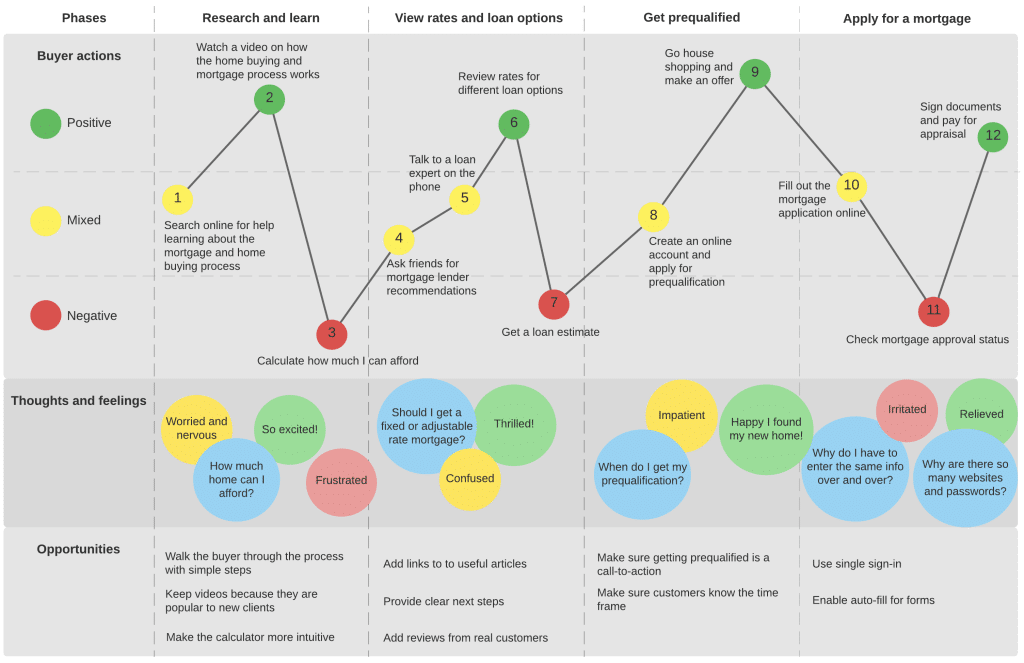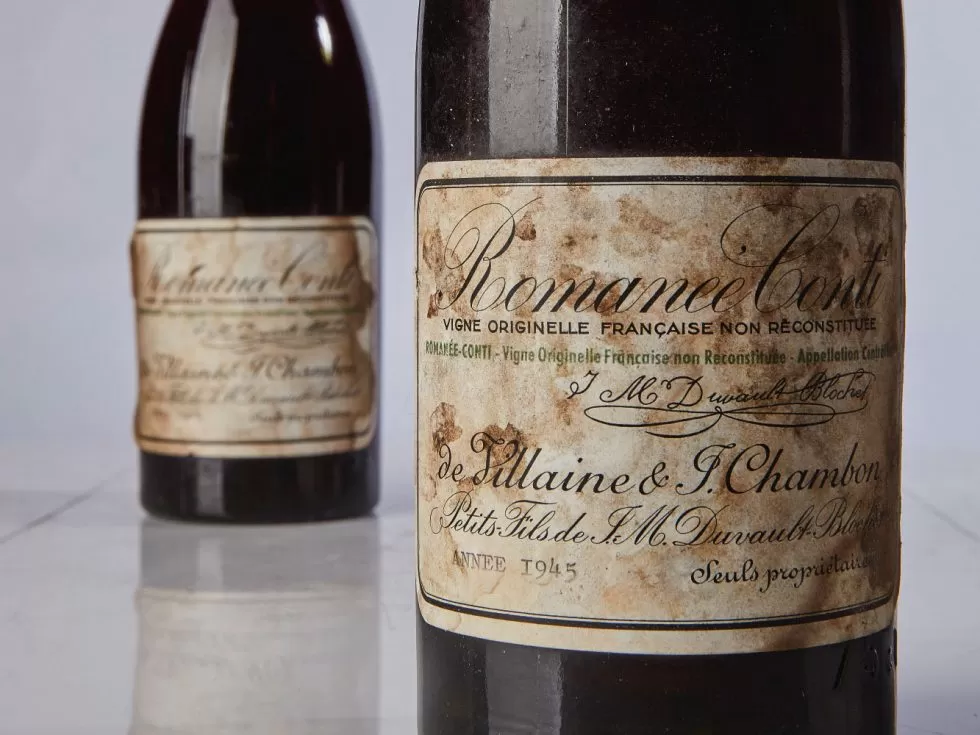The consumer decision-making process involves five basic steps. This is the process by which consumers evaluate making a purchasing decision. The 5 steps are problem recognition, information search, alternatives evaluation, purchase decision and post-purchase evaluation.
The consumer decision-making process can seem mysterious, but all consumers go through basic steps when purchasing to determine what products and services will best fit their needs.
Think about your thought process when buying something—especially when it’s something big, like a car. You consider what you need, research, and compare your options before deciding to buy. Afterwards, you often wonder if you made the right call.
If you work in sales or marketing, make more of an impact by putting yourself in the customer’s shoes and reviewing the steps in the consumer decision-making process.
Steps in the consumer decision process
Generally speaking, the consumer decision-making process involves five basic steps.
Problem recognition
The first step of the consumer decision-making process is recognizing the need for a service or product. Need recognition, whether prompted internally or externally, results in the same response: a want. Once consumers recognize a want, they need to gather information to understand how they can fulfil that want, which leads to step two.
But how can you influence consumers at this stage? Since internal stimulus comes from within and includes basic impulses like hunger or a lifestyle change, focus your sales and marketing efforts on external stimulus.
Develop a comprehensive brand campaign to build brand awareness and recognition––you want consumers to know you and trust you. Most importantly, you want them to feel like they have a problem only you can solve.
Example: Winter is coming. This particular customer has several light jackets, but she’ll need a heavy-duty winter coat if she’s going to survive the snow and lower temperatures.
Searching for Information

When researching their options, consumers again rely on internal and external factors, as well as past interactions with a product or brand, both positive and negative. In the information stage, they may browse through options at a physical location or consult online resources, such as Google or customer reviews.
Your job as a brand is to give potential customers access to the information they want, with the hopes that they decide to purchase your product or service. Create a funnel and plan out the types of content that people will need. Present yourself as a trustworthy source of knowledge and information.
Another important strategy is word of mouth—since consumers trust each other more than they do businesses, make sure to include consumer-generated content, like customer reviews or video testimonials, on your website.
Example: The customer searches “women’s winter coats” on Google to see what options are out there. When she sees someone with a cute coat, she asks them where they bought it and what they think of that brand.
Considering alternatives
At this point in the consumer decision-making process, prospective buyers have developed criteria for what they want in a product. Now they weigh their prospective choices against comparable alternatives.
Alternatives may present themselves in the form of lower prices, additional product benefits, product availability, or something as personal as colour or style options. Your marketing material should be geared towards convincing consumers that your product is superior to other alternatives. Be ready to overcome objections—e.g., in sales calls, know your competitors so you can answer questions and compare benefits.
Example: The customer compares a few brands that she likes. She knows that she wants a brightly coloured coat that will complement the rest of her wardrobe, and though she would rather spend less money, she also wants to find a coat made from sustainable materials.
The purchase decision
This is the moment the consumer has been waiting for the purchase. Once they have gathered all the facts, including feedback from previous customers, consumers should arrive at a logical conclusion on the product or service to purchase.
If you’ve done your job correctly, the consumer will recognize that your product is the best option and decide to purchase it.
Example: The customer finds a pink winter coat that’s on sale for 20% off. After confirming that the brand uses sustainable materials and asking friends for their feedback, she ordered the coat online.
Post-purchase evaluation
This part of the consumer decision-making process involves reflection from both the consumer and the seller. As a seller, you should try to gauge the following:
- Did the purchase meet the need the consumer identified?
- Is the customer happy with the purchase?
- How can you continue to engage with this customer?
Remember, it’s your job to ensure your customer continues to have a positive experience with your product. Post-purchase engagement could include follow-up emails, discount coupons, and newsletters to entice the customer to make an additional purchase. You want to gain life-long customers, and in an age where anyone can leave an online review, it’s more important than ever to keep customers happy.
Customer journey map
A customer journey map visualizes a hypothetical customer’s actions. Use it to empathize with your customers as they go through a specific process or try to complete a purchase. Map out the actions the customer is likely to take.

Circumvent these issues using predictive personalisation
Predictive personalisation software (PPS) is the new way of eliminating most (if not all) of the traditional customer’s buying decision-making process. Simply put, they have already told you, be it not in so many words. You’re just using that information (data) to the greatest effect.
Consider for a moment if you knew what each consumer you have, was most likely to buy next. Firstly you’d save a fortune on marketing, as you can just highlight that individual product they wanted. Then you wouldn’t have it sent back if it didn’t suit, as you already know it will.
From the customer’s perspective, you have begun to appreciate them as an individual – rather than a segment of people, who always buy an item in a certain way, perhaps a certain brand, colour, material, label etc each season. Instead, you appear to appreciate what it is they want, while you have been watching what they have been looking at.
Think about it as the assistant in a shop. They don’t suddenly rush up to a customer wearing boots to offer them a discounted pair, while they’re looking at coats. It would be rude.
Hyper-personalisation software – the consumer’s reaction in practice
It’s unfair to compare really, but the truth is that it blows traditional expectations out the window. Leading research industry pillars McKinsey, Bain, Forrester and Statista all agree, that it delivers 20x the return of traditional marketing, social media and omni-channel marketing combined. Not 20% more – 20x more.
PPS addresses consumers who don’t send products back, and the fashion industry especially will appreciate that, as all the additional costs and headaches associated almost disappear. Another phenomenon is that the average basket size increases, by about 15% initially and even better it perpetually grows over time.
This in turn raises the customer lifetime value of each consumer. With all this additional business comes the further benefit that this software runs autonomously, you simply don’t involve human beings in the process. It’s data-driven, and humans have too many foibles denigrating the effect. How much do your staff cost, as they’re not needed. No holidays, loo breaks, training, car parking, school runs, water cooler moments – anything, just pure unadulterated focus.
How does hyper-personalisation software work?
AI machine learning hyper-personalisation software sequences data live, first all the previous buying history to learn and appreciate each consumer you have, and then impressions as each of those individuals come to your site or email, to learn and appreciate every nuance and subtlety about them. How often they visit a product before buying, how long they took at that item, how that relates to previous buying decisions, what specifically they enjoy most etc, all this information accrues. This is not as a collective, but each one individually.
It selects products unique and specific to each individual, based on their data. It then selects and sends perfectly chosen products – to the nano-second, before it does so. These are products identified as the most likely to be bought next. It excludes promotions, incentives and annoying banners, but complements those promotions if you are running them. It caters for price points too.
You don’t have to worry about landing pages, as each product is linked to the specific product, ready to simply click to add it to their basket. Cutting out superfluous elements that while they look good, or fit in with the pleasantries of a campaign being run, cause distraction and lack of singular attention to the purpose at hand.
Further, that it is delivered to your consumer’s inbox negates such rigorous comparison on each product’s price too. An email doesn’t have anything for the consumer to compare it with, and it also benefits from a previously established “given” that you are always there or thereabouts on price, quality, delivery etc, having won their trust previously as their preferred supplier.
The Index to all our articles and perpetuate your ecommerce growth, click here.





